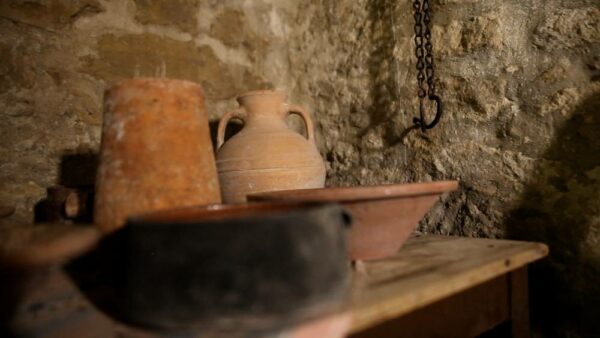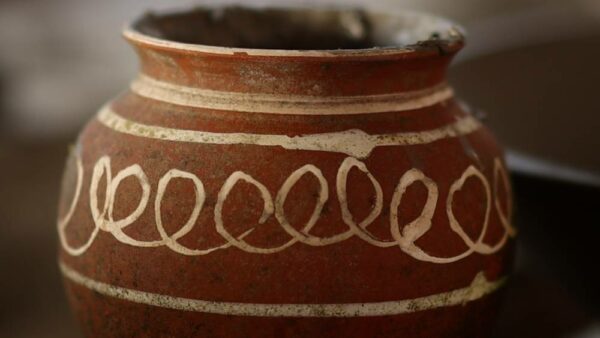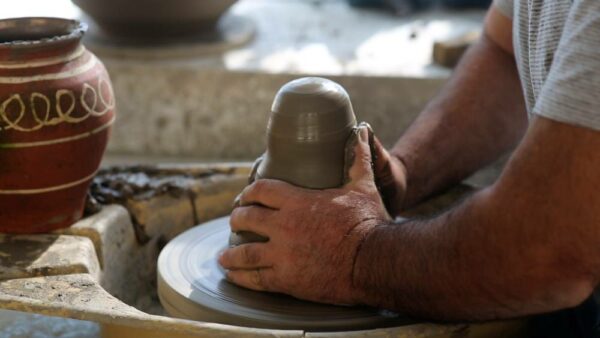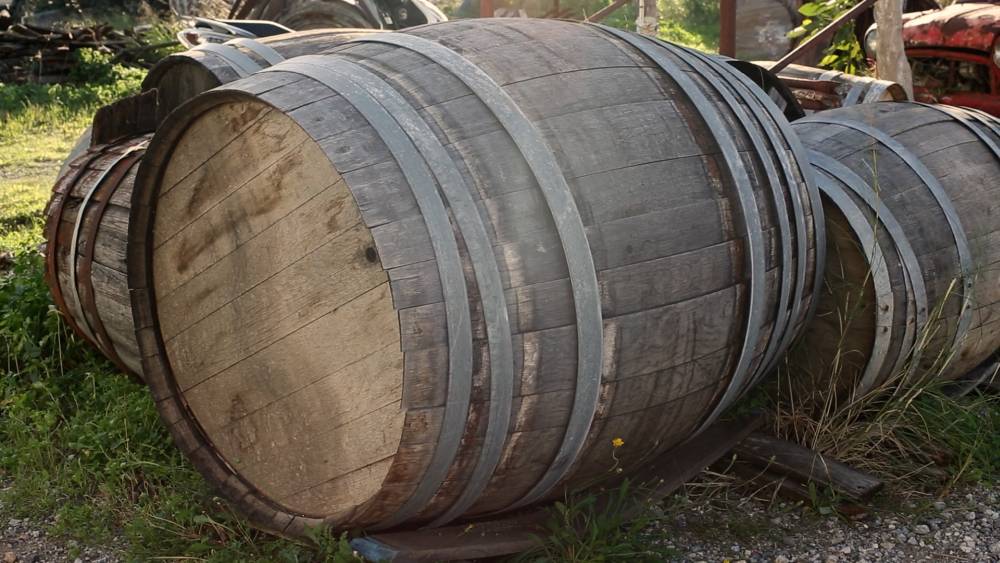Description
The invention of the solidification of mud with fire, probably took place around 7,000 BC. The wheel, the sponge, the comb and the kiln are required for the construction of pots and vases of this kind. The potter first selected and processed the soil, prepared the clay, then created the pots, dried them in the sun and baked them. The shape of the ceramic object was determined with the help of the grinding wheel.
Initially the craftsman placed a quantity of clay in the center of a flat surface – a horizontal wheel which, by pedaling, could be rotated. After centering the clay, he opened it in the middle with his fingers. With one hand from the inside and with the other from the outside, and while simultaneously rotating the wheel, he pressed the rotating clay, pulling it upwards. When he reached the desired height, he began to create the shape he wanted to give.
After completing the creation, he detached the vessel from the wheel with the help of a wire and transferred it to a board for drying. After drying a little and if the utensil required it, he glued handles or other decorations on it. Then he would let it dry completely. This was followed by baking or furnacing. Furnacing required good and careful stacking of the pots inside the kiln. The baking process took about 10 hours. The vases were decorated in various ways, either with engravings, or with relief representations made with additional clay, or painted by hand. The potters made cruses for the water, cooking pots, mugs, basins, plates, jars, etc.
In Chania, there were permanently established potters in Nochia, Asfentile, Skoutelonas, Tsikalaria and Keramia. In the city of Chania, two great potters excelled, Stelios Stratoudakis and Georgios Tampakopoulos.


















